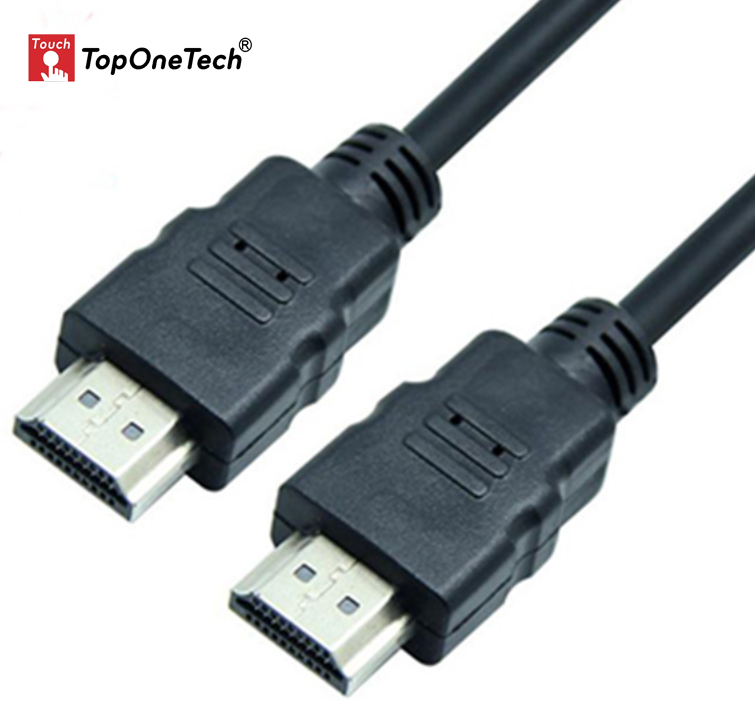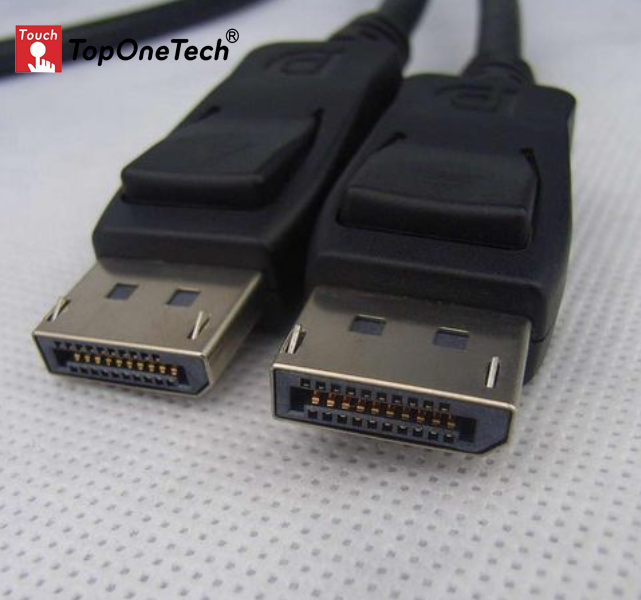The display cable includes a data cable connecting the host and the display, and a power cable connecting the power supply. The main categories are as follows:
1. HDMI cable
HDMI is a digital video/audio interface technology. It is a dedicated digital interface suitable for image transmission. It can transmit audio and video signals at the same time. The maximum data transmission speed is 5Gbps. At the same time, there is no need for digital/analog or analog/digital conversion before signal transmission.
2. VGA cable
The VGA cable has 15 pins and uses D-SUB connectors, the connector are divided into male connector and female connector.
Video Graphics Array is a video transmission standard introduced by IBM with PS/2 in 1987. It has the advantages of high resolution, fast display rate and rich colors, and has been widely used in the field of color displays.
3. DVI cable
The DVI cable adopts the DVI interface, and the connector is divided into male and female, and the core wire varies with the model of the DVI connector.
DVI (Digital Visual Interface), the digital video interface. It is an interface standard launched in 1999 by DDWG (Digital Display Working Group), which was composed of Silicon Image, Intel, Compaq, IBM, HP, NEC, Fujitsu and other companies.
4. DP cable
The DP cable adopts the DisplayPort standard. There are two types of external connectors for DisplayPort: one is standard, similar to USB, HDMI and other connectors; the other is low-profile, mainly for applications with limited connection area, such as ultra-thin notebooks computer.

Does the monitor cable affect the picture quality? The answer is obvious, it will directly affect the display picture quality. For example, VGA cables are not as clear as HDMI cables.
HDMI can not only meet the resolution of 1080P, but also support digital audio formats such as DVD audio, support eight-channel 96kHz or stereo 192kHz digital audio transmission, and can transmit uncompressed audio signals and video signals. HDMI can be used in set-top boxes, DVD players, personal computers, video games, integrated amplifiers, digital audio and televisions.
HDMI can transmit audio and video signals at the same time. The optimum distance for HDMI/DVI cable length is no more than 8 meters. As long as a single HDMI cable can replace up to 13 analog transmission lines, it can effectively solve the problem of clutter and tangle lines behind the home entertainment system.










